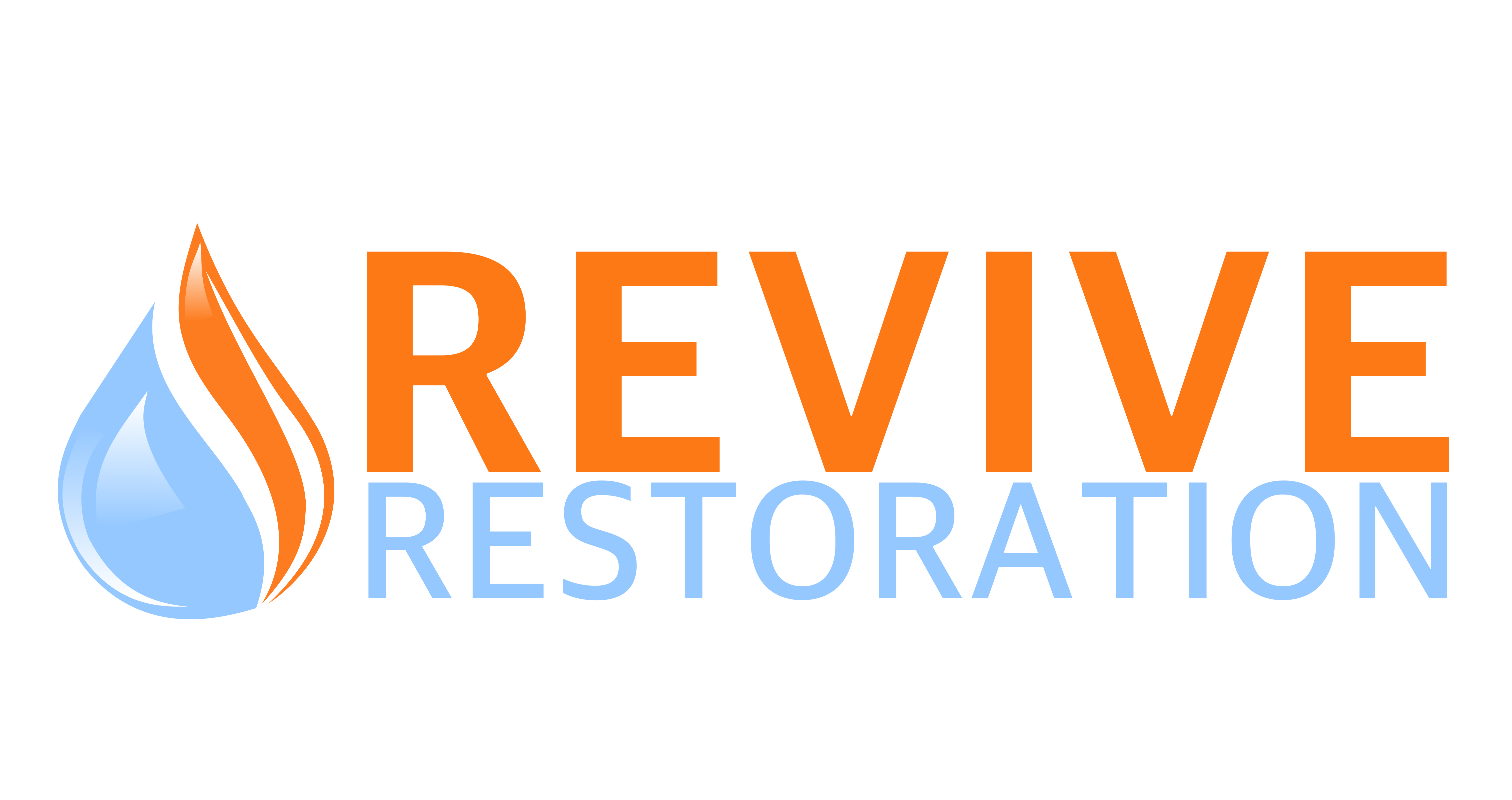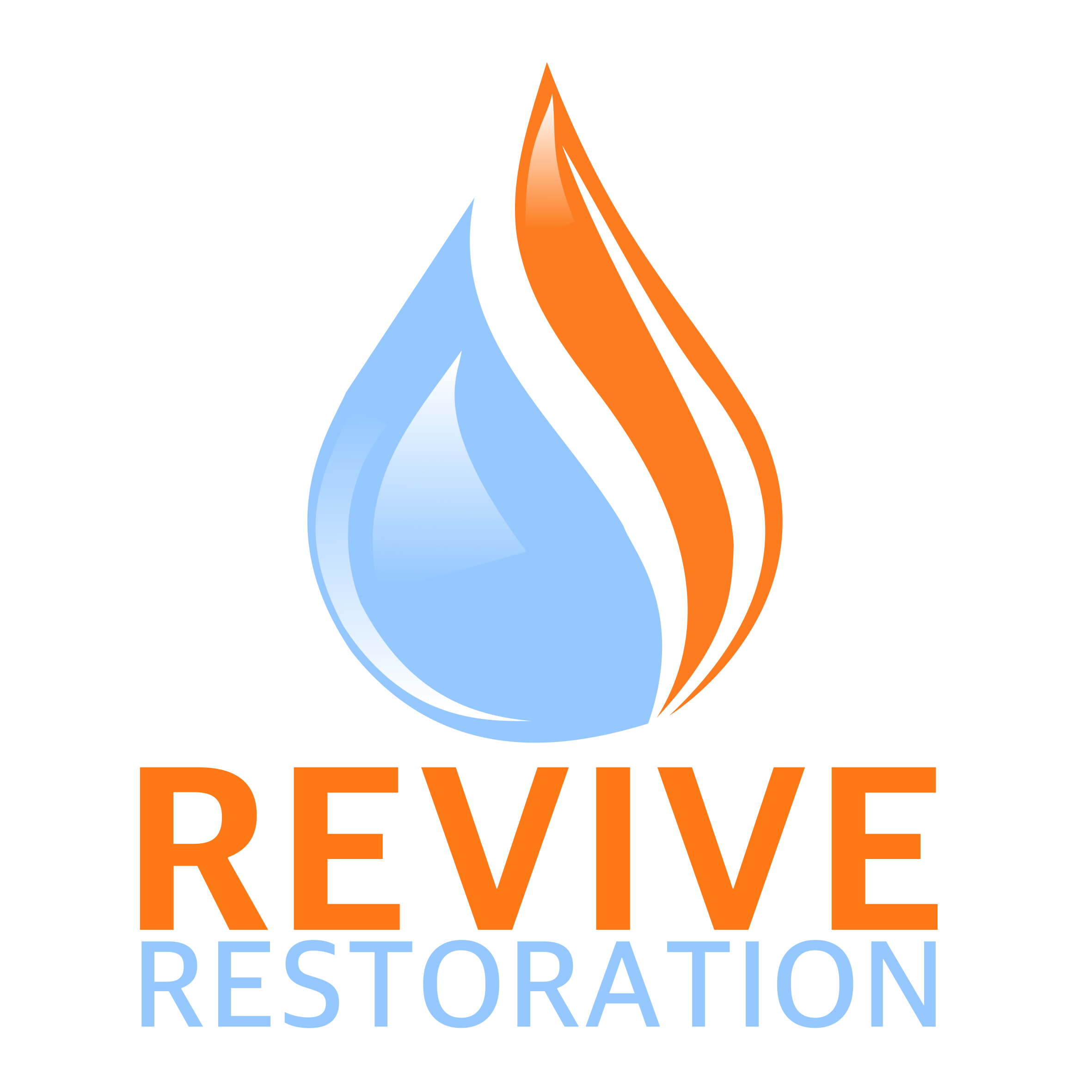
How Much Does Water Damage Devalue Your House?
Do you think about selling your property this coming Spring? If your house or your business place has experienced water damage, you may be wondering how much it could impact the value of your property. Specifically, what is the estimated decrease in home value caused by water damage?
The estimated decrease in home value caused by water damage can vary greatly depending on the extent and severity of the damage. In general, minor water damage (such as a small leak that was quickly fixed) is unlikely to have a significant impact on the value of a home.
However, more extensive water damage (such as flood damage, or water damage that was not promptly addressed) can significantly decrease the value of a home. This is because water damage can lead to structural problems, mold growth, and other issues that can be costly to repair and can make the home less desirable to potential buyers.
This blog will help you make an informed decision on whether to repair the water or mold damage before selling, or to adjust the sale price accordingly.
Understanding the Effects of Water Damage on Property Value
According to a study conducted by the National Association of Realtors, homes with a history of water damage sell for an average of 3% less than comparable homes with no water damage history. However, the actual impact on home value can vary depending on a number of factors, including the severity and extent of the damage, the location of the home, and the local real estate market.
If you are considering selling a home with water damage, it may be worth consulting with a real estate agent or appraiser to get a professional assessment of the damage and its potential impact on home value. This can help you make an informed decision about whether to repair the damage before selling, or to adjust the sale price accordingly.
1. Financial Losses Due to Water Damage
Repairing extensive water damage and restoring a property to a habitable condition can be a significant financial burden for homeowners or property owners. Costs can quickly add up for remediation, repair, and possibly even replacing damaged belongings or furniture. It is important to address water damage promptly to minimize the potential expenses and ensure the safety and health of occupants. Consider reaching out to insurance providers or professional restoration services for assistance in dealing with the financial aspects of water damage repair.
Insurance coverage plays a critical role in mitigating financial losses from water-related incidents by providing financial protection in the form of compensation for damages caused by situations like flooding, water leaks, or water damage. It helps individuals and businesses recover and rebuild after such incidents, reducing the overall financial burden and allowing for a quicker recovery process. Adequate insurance coverage can provide peace of mind and safeguard against unexpected expenses that might arise from water-related incidents.
2. Negative Aesthetic and Functional Effects
Water stains, warped surfaces, and mold growth are all visual indicators of water damage and poor maintenance, which can significantly diminish the aesthetic appeal of a home. These issues can make a property appear unkempt, unhealthy, and in need of costly repairs, ultimately turning off potential buyers who are looking for a well-maintained and visually appealing home. Addressing and rectifying these issues is crucial for improving the marketability and attractiveness of a property to potential buyers.
Long-term water intrusion can lead to significant structural issues such as decay, mold growth, weakening of foundation components, and even eventual collapse of the affected areas. It is crucial to address water intrusion promptly to prevent further damage and ensure the safety and stability of the property for its occupants. Regular maintenance, proper sealing, and drainage solutions can help mitigate these risks and protect the structural integrity of the building.
3. The Influence on Buyer Perceptions and Offers
Water damage is a significant red flag for potential buyers, as it can indicate underlying issues such as mold, structural damage, and poor maintenance. The presence of water damage can make buyers skeptical about the overall condition of the property, leading them to question its value and desirability, thereby impacting their decision-making process and potentially deterring them from pursuing the purchase.
Documented water damage can indeed be used by buyers as leverage to negotiate lower offers during the buying process, as it poses potential risks and costs for necessary repairs. Sellers should be transparent about the damage and may consider addressing it prior to listing the property to avoid impacting its value. However, buyers should also conduct thorough inspections and assessments to fully understand the extent of the damage and accurately negotiate based on the repairs needed. Open communication and fair negotiation can help both parties reach a mutually beneficial agreement.
Common Sources and Indicators of Water Damage in Homes
You may already know, water damage in properties can occur due to various factors, including leaking pipes, overflowing drains, weather-related incidents like floods or storms, as well as neglect of routine maintenance like roof inspections and gutter cleaning. It is essential for homeowners to be vigilant about these common sources of water damage to prevent costly repairs and potential health hazards associated with mold growth. Regular maintenance and prompt addressing of any issues can help mitigate the risks of water damage in residential properties.
Signs of hidden water damage may include musty odors, mold growth, peeling paint or wallpaper, bubbling or cracking walls, sagging ceilings, and discoloration. Other indicators can be soft or warped flooring, damp or wet carpets, and an increase in water bills. It’s important to address these signs promptly to prevent further damage and potential health issues.
Early detection and prompt action to address water damage is crucial in preventing further deterioration of property and avoiding potential health hazards such as mold growth. This can significantly reduce repair costs and minimize the risk of structural damage or health issues. Regular inspections, quick response to leaks or flooding, and proper ventilation can help mitigate the impact of water damage and ensure a safe and healthy environment.
Assessing the Extent of Damage and Necessity for Professional Intervention
Neglecting repairs in key property systems affected by water intrusion can lead to significant risks and consequences. For example, the structural integrity of the building may be compromised, leading to potential collapses or serious damage. Water intrusion can also affect electrical safety, increasing the risk of electrical fires or shocks. Additionally, moisture can promote mold growth, deteriorating indoor air quality and posing health risks to occupants. It is important to promptly address water intrusion issues to prevent these detrimental effects.
Experienced restoration professionals like us at Revive Restoration, we play a critical role in efficiently mitigating the effects of water damage, particularly in addressing mold growth, which can pose serious health risks and compromise property value. Contact us today at X, we have specialized techniques and equipment, as restoration experts, we can effectively remove mold and prevent its regrowth, ultimately safeguarding both the health and well-being of occupants and the long-term integrity of the property.
Preventing Water Damage During the Home Selling Process
In preparing your house for a successful sale in the Spring, it is essential to address water damage prevention measures to ensure the property is in optimal condition. This includes inspecting for any leaks or water damage, repairing any issues promptly, ensuring proper drainage around the property, maintaining gutters and downspouts, and addressing any landscaping that could contribute to water pooling near the house.
Additionally, consider installing a sump pump or a dehumidifier in areas prone to moisture buildup. Taking proactive steps to prevent water damage can help to increase your home’s value and appeal to potential buyers.
Water damage can be a red flag for potential buyers and can significantly impact the value of a property. By addressing these issues upfront, sellers can avoid surprises during negotiations and potentially increase the sale price of their home. Additionally, by ensuring that the property is in good condition, sellers can instill confidence in buyers and make the selling process smoother and more successful.
A history of water damage can significantly impact insurance coverage options and premiums for both sellers and buyers. For sellers, disclosing past water damage can lead to higher premiums or difficulty in obtaining coverage, potentially affecting the sale of the property. For buyers, a history of water damage may limit their insurance options and result in higher premiums, as insurers see them as higher risk. In some cases, buyers may even be unable to secure coverage, leading to potential financial burden and uncertainty. Overall, a history of water damage can have a lasting impact on insurance considerations for both parties involved in a real estate transaction.
Conclusion
In the event of significant water damage, it is crucial to seek out water damage professional help for assessment and remediation. At Revive Restoration, we have the specialized knowledge and equipment necessary to properly address the situation, ensuring that potential hazards such as mold growth and structural damage are mitigated effectively. Delaying or attempting to handle the situation without proper expertise can result in further complications and costly repairs down the line.
Give Revive Restoration a call at (720) 340-3499 as soon as possible; we are available 247 to respond to your calls.

